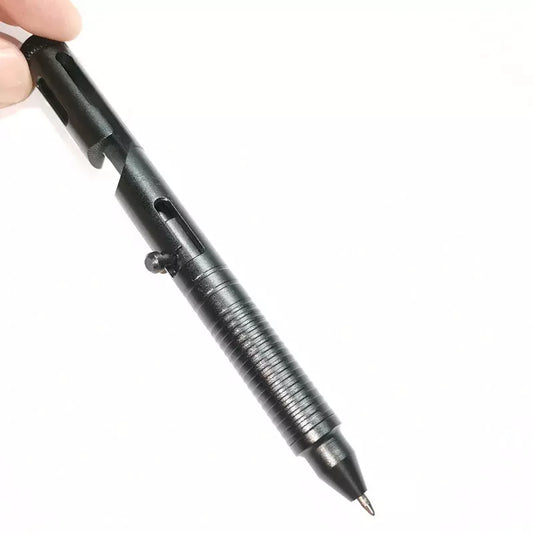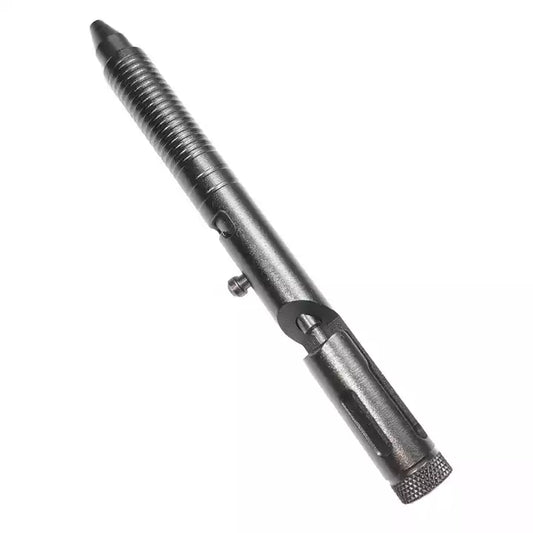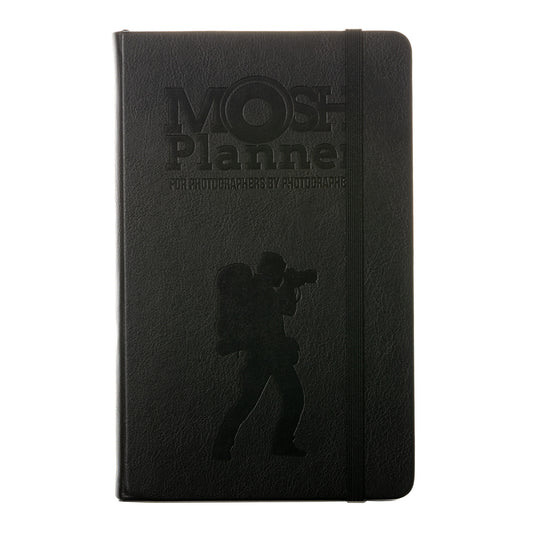Small wonders of nature inspire us in a big way. This sentence well defines the power of macro photography! It is incredible, how macro photography shows the small wonders of nature in life size. Macro photography packs up the big happiness for viewers. Macro photography can show the beauty of wildlife, tiny insects, fruits, plants or even different forms of art like miniatures. But today I am going to focus exclusively on ‘Flowers’ and show how macro photography unveils the beauty of flowers.
Spring has already started and we are seeing very first sings of springs everywhere, colorful flowers. Flowers can be photographed outdoors and indoors. Single flower can be photographed to make its portrait or bloom can be photographed as a wide landscape. Each type requires different skills, gear and techniques. Rather than writing long paragraphs on each one and showing macro photos of flowers, I thought a different approach. Take a photo of each type and get into the ABCs of it. So let’s get our hands dirty.

Portrait of Tiny Wildflower – Clicked Outdoor
I recently visited to Death Valley National Park to see super bloom of wildflowers. Super bloom comes to live only on El Nino year, so may be once in 8-10 years. Pretty rare, right! How could I miss that? I clicked numerous flower portraits as well as wide landscapes with bloom. I chose this tiny wildflower to illustrate, how to click flower portraits outdoor? I knew it was going to make a gem of the photo.. Talking of composition, they say flowers clicked right from the top do not make a good photo. But I soon realized I didn’t have any option but to do that. The flower was so tiny that I would have lost most of the details with eye level composition. So? Time to break the rule! But broken rule posed a greater challenge. Now I had to make my composition so lucrative that viewers get glued to it. Initially I had thought of taking just the flower in frame but had to change the strategy. I decided to take one branch with buds and another with dried flower into the frame to create a triangle. Used color card (black) to get black background in the wild. It is not a good idea to pluck the wildflower to make a great photo. Nature conservation is a much larger cause than making a good photo. Used flash light to brighten the flower, you can use ring flash too. But flash light is a cheaper option that works out well in flower photography.
Settings – f11, ISO 100, 1/500 sec, spot metering

Portrait of Backyard Flower – Clicked Indoor Using Photo Stacking Technique
It is a great luxury to shoot macros of flowers indoor. Control environment, total absence of wind and softbox to light the flower is a bliss. You can get as close as flower and use extension tubes for turning your photo to a super macro. But there is a caveat. When you use extension tubes to go very close to the subject you start losing focus in certain areas. It is not possible to get all the plains in focus using extension tubes and going very close. Stacking technique comes to the rescue. Stacking in one sentence means taking multiple photos with different parts of subject in focus and then post processing them by stacking them over one another. Now, let's take a deep dive in stacking. Solid tripod and DSLR is must for stacking technique
Settings – f11 or f16, ISO 100 or below, shutter speed – as required, manual focus.
Set the camera on a tripod. Try using prime lens. You will need to use manual focus. There are all the chances that you will disturb the focal lens if you are using zoom lens. If that happens, you will need to start over again. So it is better to use prime lens. Put camera and lens in manual mode. Choose higher f-stop / narrow aperture to get maximum area in focus. Focus on the farthest point of flower and click. Now manually adjust the focus and focus on one plane closer to you and click. Continue till you have shot keeping the closest point in focus. Now import all the photos in Photoshop (or any other editing tool that allows stacking), align the layers and stack them together. Photoshop will automatically take the sharp part from each photo and at the end you will have single photo with everything in focus, a razor sharp image of your flower.
Well, these are not the only ways to shoot macros of flowers. There are many different options to try, like, fill the entire frame with flower and totally eliminate the background. Or sprinkle water on a bud and keep only water droplets in focus. Or simple go abstract.. Opportunities are ample, don’t hesitate to try.




